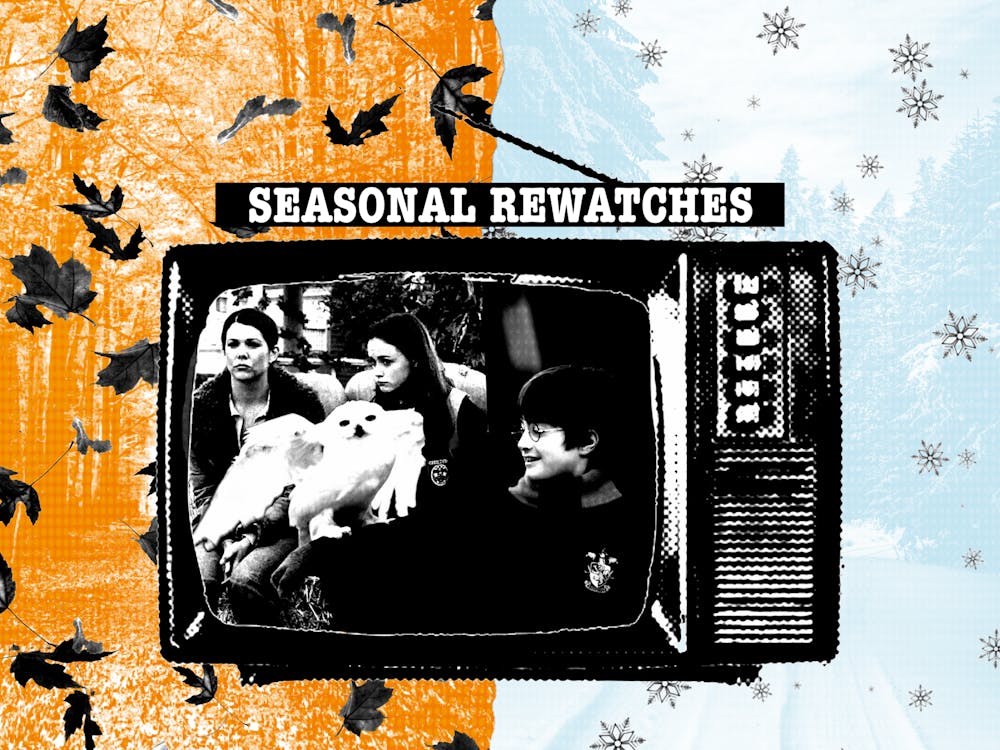On Sept. 19, my year got immeasurably better.
It wasn’t because I was finishing my first week at college or had a particularly good conversation with my friends from home. It wasn’t even because it was (finally) International Talk Like a Pirate Day.
It was because of Miley Cyrus’ cover of “Heart of Glass” by Blondie.
I’ve heard good covers before. Billie Eilish’s rendition of “Yesterday” at the 2020 Oscars, Hozier’s performance of “Problem” by Ariana Grande and Jon Bellion’s cover of Drake’s “The Motto” all stand out.
But nothing comes close to the talent and energy on display during Cyrus’s iHeartRadio performance.
I was never Cyrus’s biggest fan. Sure, “Wrecking Ball” was and is a good song, but beyond that, I didn’t care. When my friend told me to watch “Heart of Glass,” though, I knew from the moment Cyrus walked on stage that this performance was special. Sporting a mullet, glittery ’80s inspired makeup, red bottoms and an impressive air of confidence, Cyrus was going to kill this performance in the best possible way.
In the moment, Cyrus transcended the pop genre, dipping unapologetically into ’80s rock. From the first lyrics belted to the last beats of the song, her energy never dipped below a 10. I couldn’t help but smile and tap my foot the whole time. It was like no live performance I’d ever seen, and there wasn’t even a real audience.
I was hooked, and I had to hear more.
Luckily for me, I learned that Cyrus is no stranger to covers. In 2012, a year before dropping her fourth album, “Bangerz,” she introduced the world to her “Backyard Sessions,” a series of acoustic covers recorded from her backyard.
Cyrus’s first few covers stuck to a country-infused sound. Accompanied by keyboard, string bass, two guitars and sparse percussion, she performed classics like “Lilac Wine” by Eartha Kitt and “Jolene” by Dolly Parton. The latter is Cyrus’s most viewed cover to this day, and for good reason. The cover appealed to her father’s country fans, her own younger audience and older generations partial to Parton’s original.
Then, November 2013. Miley’s rebellion phase was in full swing with her “Bangerz” era. She had shaved her head and twerked on Robin Thicke at the VMAs in an apparent effort to distance herself from her Disney Channel fame. When she went to the BBC Live Lounge to do an acoustic performance, though, Cyrus didn’t pick an over-the-top outfit or one of her own recent hits. She covered “Summertime Sadness” by Lana Del Rey.
Despite a drastic change in image since the “Backyard Sessions” began, Cyrus channeled her younger self in the performance. I was blown away once again. At a time when she relied heavily on shock value to stay relevant, Cyrus opted for a simple performance that let her vocals shine.
Enjoy what you're reading?
Signup for our newsletter
Two months later, Cyrus covered “Why’d You Only Call Me When You’re High” by Arctic Monkeys for “MTV Unplugged.” If I still doubted whether Cyrus was talented, this cover put those fears to rest. The song followed a crescendo for two full verses. In the climactic third chorus, Cyrus shifted up an octave and belted in a range I imagine few artists would attempt.
Since then, Cyrus has covered Metallica, Led Zeppelin, Pink Floyd, Elton John, Billie Eilish and Nine Inch Nails to name a few. She’s shown that she’s equally comfortable in country, pop, grunge, rock, jazz and metal. She’s released two more albums and an EP, each with varying levels of success.
Later this year (fingers crossed), Cyrus will release her seventh studio album, “She Is Miley Cyrus.” If it’s anything like her rock-inspired cover of “Heart of Glass,” it will far eclipse any other albums this year.
I was never Cyrus’s biggest fan. For years, I had lived with the idea that she was a factory-produced popstar not worth my time. I saw the stereotypical Miley fan as a teenage girl and decided I was too good to listen to any of her work.
I was wrong.
Cyrus has been in the public eye for nearly two decades. In that time, she has reinvented herself more often than most celebrities. She wears her inspirations on her sleeve. To understand what influenced each of Cyrus’s phases, you just need to look at her covers.
I don’t fault people who don’t like Miley Cyrus overall. But for anyone who says they don’t like any of her work, they almost certainly aren’t looking hard enough.



